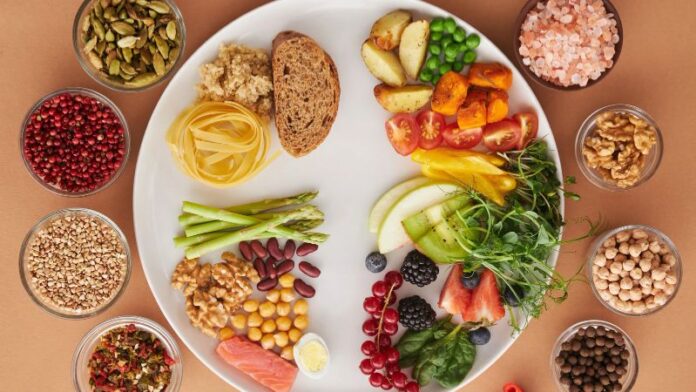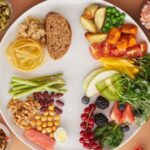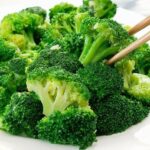There are numerous successful diets around the world that have achieved desirable results. However, have you ever heard of the Harvard diet? Let’s explore this interesting diet together!
1 What is the Harvard Diet?
The Harvard diet is a nutritional plan designed to optimize health and was created by nutrition experts at the Harvard School of Public Health and researchers at the Harvard Health Publishing House in 2011. However, due to limited publicity at that time, the diet wasn’t widely known.
It is only in recent years that the scientific and practical nature of the Harvard diet has gained popularity due to its impressive results. According to Cheung Lilian, a nutrition lecturer at the Harvard School of Public Health, in addition to effective weight loss, the Harvard diet offers remarkable additional benefits such as the prevention of cardiovascular disease, cancer, and type 2 diabetes.
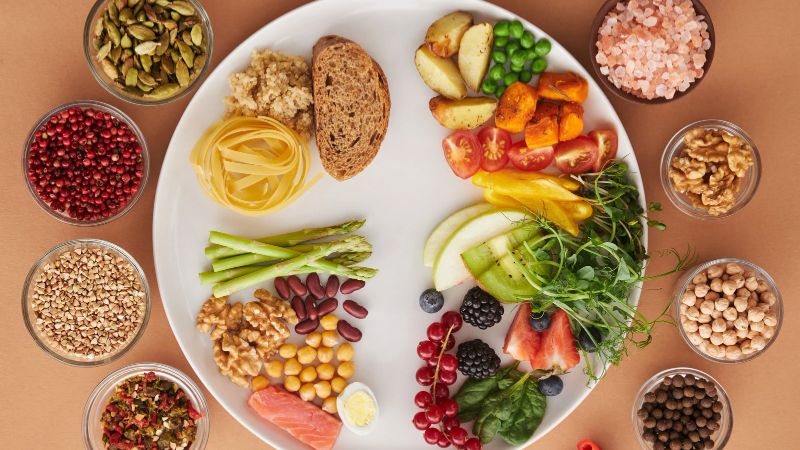 The Harvard Diet
The Harvard Diet
2 What Does the Harvard Diet Entail?
Ensure that at least half of your meal consists of vegetables and fruits
Vegetables and fruits are nutrient-dense foods that provide essential nourishment without contributing to weight gain. Hence, they are a crucial component of any diet plan.
The Harvard diet emphasizes the importance of including a generous portion of vegetables and fruits in every meal, amounting to half of the total food intake. Additionally, it is recommended to variety of produce to ensure a diverse range of nutrients are consumed. Consuming large quantities of a single type of fruit or vegetable can be detrimental as it may lead to an excess of certain nutrients while lacking others.
Cheung offers a noteworthy insight: “The Harvard diet does not recognize potatoes as a vegetable, and they are not recommended during dieting. This is because potatoes act similarly to refined carbohydrates, causing spikes in blood sugar levels. Consuming large amounts of potatoes can lead to weight gain. Instead of drinking fruit juice, eating whole fruits is advised to retain the beneficial fiber.”

Include a quarter portion of whole grains in your meals
The Harvard diet recommends the following five types of whole grains: brown rice, quinoa, barley, whole wheat, and oats. Individuals can choose one type per meal and vary their choices daily.
These whole grains are superior as they contain higher amounts of plant-based compounds and are unprocessed, ensuring the best dieting results. Moreover, they do not cause spikes in blood sugar levels, making them suitable for everyone, including those with diabetes.
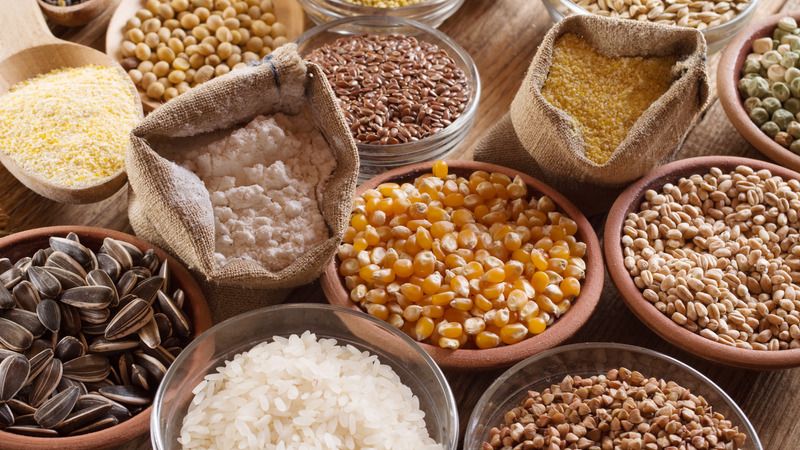 Harvard Diet with Whole Grains
Harvard Diet with Whole Grains
Include a quarter portion of protein-rich foods in each meal
Protein is comprised of amino acids that form long chains and is essential for the body’s growth and maintenance of tissues. However, the protein in our bodies is in a constant state of flux. To build and repair tissues, our bodies break down a certain amount of protein.
Given this continuous process, it is no surprise that our bodies can fall into a protein deficit if not adequately supplemented. Hence, including protein-rich foods in our meals is vital.
Some protein-rich foods recommended in the Harvard diet include chicken, duck, beans, tofu, and fish. To maximize the effectiveness of the diet, it is suggested to limit the consumption of red meat and processed meats, despite their high protein content.
 Harvard Diet with Protein-rich Foods
Harvard Diet with Protein-rich Foods
Use Healthy Oils
Hydrogenated oils like margarine and certain types of vegetable oils are commonly used in cooking. However, these oils are typically not beneficial for health. Depending on the cooking method, such as frying, grilling, or salad dressing, different types of oils are more suitable.
Cheung advises limiting the use of animal fats and butter as they contain high levels of unhealthy saturated fats, which can lead to obesity and cardiovascular issues.
 Harvard Diet with Healthy Oils
Harvard Diet with Healthy Oils
Stay Hydrated with Water, Tea, and Coffee
The Harvard diet recommends minimizing the consumption of sugary beverages. Milk and dairy products tend to be high in sugar, so experts advise limiting their intake while on the Harvard diet. Similarly, limit fruit juice to a small glass per day as it also contains significant amounts of sugar.
For optimal results, ensure you drink at least 2 liters of water per day. Unlike some other diets, the Harvard diet allows for daily coffee or tea consumption. These beverages contain antioxidants that help prevent cancer.
 Stay Hydrated on the Harvard Diet
Stay Hydrated on the Harvard Diet
Exercise Regularly
In conjunction with a sensible diet, regular exercise is essential for achieving the best results. Working out offers numerous health benefits, helping you stay strong, flexible, and improving your mental well-being. Therefore, aim for at least 30 minutes of daily exercise.
 Exercise Regularly
Exercise Regularly
This concludes our overview of the Harvard diet. We hope that you can successfully adopt this diet to achieve your dream body and improve your health!
Source: According to the Vietnam Women’s Newspaper
The Miracle of Ginger: 5 Surprising Benefits of Applying it to Your Navel
The belly button, or navel, is often an overlooked part of our body. In Traditional Chinese Medicine, however, the navel is considered a powerful gateway to our health. It is believed that the navel is connected to the Shen Que acupoint, which is linked to 12 meridians and 5 internal organs. So, what are the benefits of rubbing ginger on the navel?


























